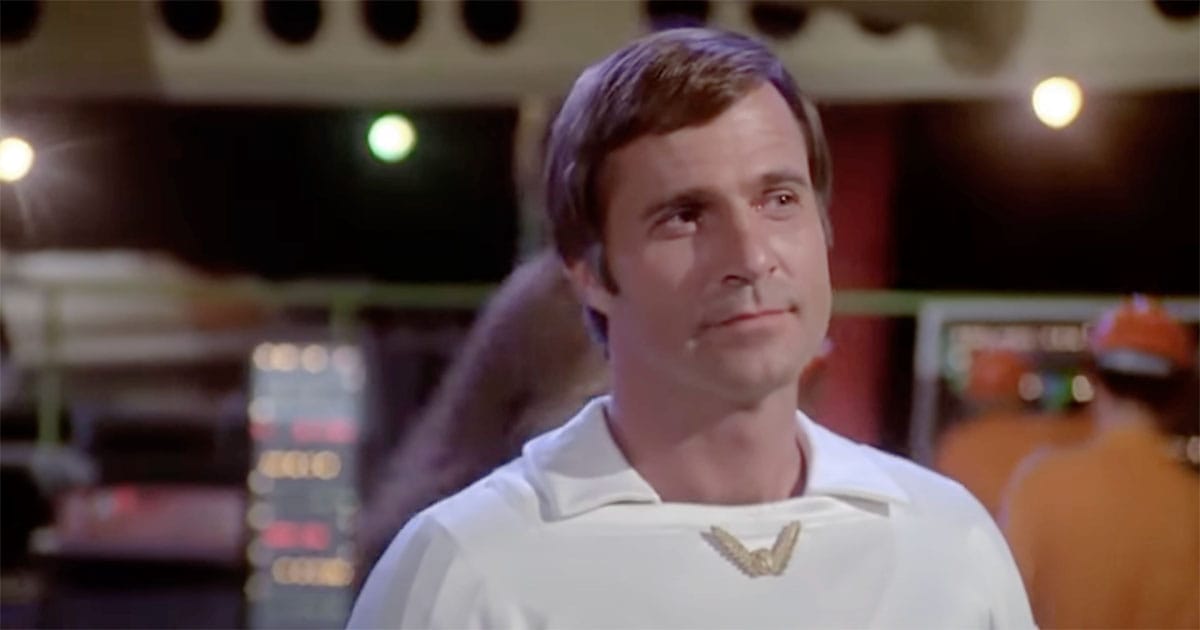Why Was "Buck Rogers" Canceled After Two Seasons?
NBC canceled "Buck Rogers in the 25th Century" after two seasons due to creative overhauls, declining ratings, and behind-the-scenes turmoil. Here's why the sci-fi series lost its way.

The 1979 television series "Buck Rogers in the 25th Century" debuted on NBC with high expectations and promising ratings. It brought pulp-era nostalgia to a post- "Star Wars" audience, combining space-age adventure with swagger, style, and a touch of camp. But after just two seasons, the network canceled the show. The reason? A blend of internal mismanagement, creative missteps, and declining viewer interest.
A Strong Start with a Familiar Face
NBC launched "Buck Rogers in the 25th Century" with a theatrical pilot that earned respectable box office numbers. When the weekly series followed in fall 1979, it featured Gil Gerard as the titular astronaut, Erin Gray as the striking and competent Col. Wilma Deering, and Mel Blanc voicing the endearing robot Twiki. Set on a post-apocalyptic Earth recovering from nuclear war, the show offered light-hearted science fiction with a formula that echoed James Bond, "Battlestar Galactica," and Saturday matinee serials.
The first season focused on Buck's adjustment to the 25th century while aiding Earth's defense efforts. It wasn't hard science fiction, but it was accessible, fun, and produced with polish. Ratings were strong, and NBC saw potential.
The Rift Behind the Scenes
The show's star, Gil Gerard, wasn't satisfied. He objected to the campy tone and shallow storytelling, clashing with producers and writers over the direction of the series. Gerard envisioned a more grounded narrative, something character-driven and less reliant on comedic robots or skimpy costumes.
The production team struggled with this tension. Writers quit. Scripts were rewritten. Scenes were improvised. NBC was caught in the middle.
Then came the 1980 actors' strike. By the time "Buck Rogers" returned for a second season in early 1981, only 11 episodes were ordered. But that wasn't the only change.
A Second Season Reboot
Season two brought in a new executive producer, John Mantley, best known for his work on westerns like "Gunsmoke." Mantley retooled the series entirely. Gone were Earth's futuristic cities and political intrigue. In their place: a starship called the Searcher, a mission to find lost colonies of humanity, and a serious tone aimed at emulating "Star Trek."

Much of the original supporting cast was dropped. Dr. Huer disappeared. Princess Ardala and Kane were gone. Wilma Deering, once a capable officer and equal to Buck, was sidelined. Even Twiki's voice changed for several episodes until fan backlash forced producers to bring Mel Blanc back.
A new character, Hawk, was introduced as Buck's alien companion. The show leaned into morality plays and somber storylines. But audiences who had tuned in for charm and charisma now found a slow, ponderous space opera.
Viewers Tuned Out
The retooling alienated fans. Ratings declined sharply. While the first season had averaged strong viewership, the second season saw numbers fall — sometimes by half. NBC scheduled the show against popular series like "Magnum, P.I.," which only compounded the problem.
Critics weren't kind either. They had never been enthusiastic about "Buck Rogers," and the sudden shift in tone didn't help. Without critical support or a loyal audience, the series lost its value to the network.
The Financial Equation
"Buck Rogers in the 25th Century" was an expensive show to make. Each episode cost close to a million dollars, a high price tag for a network series in the early 1980s. That cost was justified when ratings were high, but once the audience drifted away, NBC saw little reason to keep it alive. No finale was produced. The final episode aired in April 1981 with little fanfare.
A Legacy Cut Short
The cancellation of "Buck Rogers" wasn't due to a single decision but rather a series of miscalculations. The show lost its creative center, ignored its audience, and fell victim to changing tastes and internal disputes. Gil Gerard later said he believed the network gave up too soon and that if the original vision had been respected, the show could have endured.
In hindsight, "Buck Rogers in the 25th Century" offers a cautionary tale for science fiction television: know your audience, respect your characters, and don't discard what made the series work in the first place. For all its flaws, the show remains a nostalgic favorite for many fans of classic television and space adventure. But it never got the third season it might have earned — had it stuck to what brought viewers aboard in the first place.

